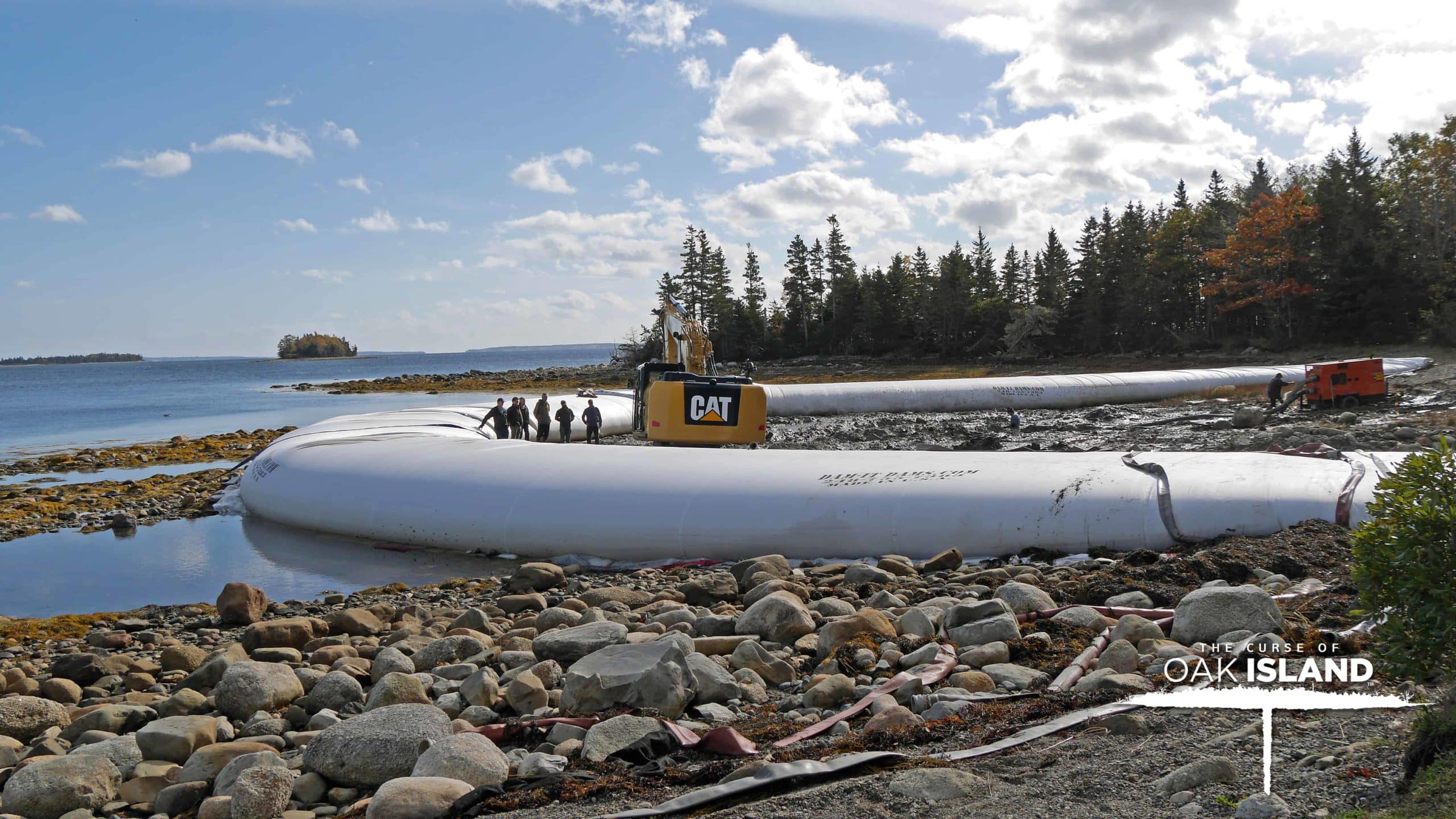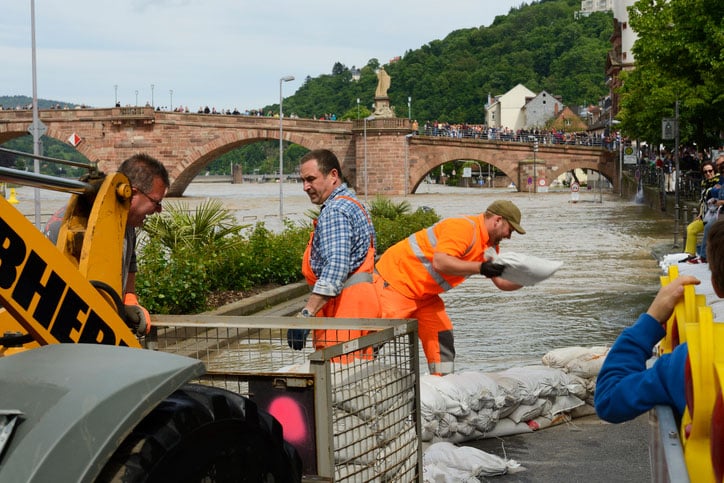Cofferdams are temporary enclosures that are built within or across bodies of water. Water is pumped out of the temporary enclosure to create a dry working environment within. Such cofferdams are the standard dewatering solution for several projects, including repairing or constructing oil platforms, piers, bridges, and other support structures commonly built over or within water sources. The most common types of cofferdams are welded structures made of steel or built up using earth, gravel, rock, or stone.
If You Have a Dewatering Requirement, You May be Tempted to Deal with it Yourself
If your construction or repair project requires a dewatering factor, you may be tempted to go the ‘DIY’ route. If this is your first dealing with a water intrusion, the ‘DIY’ route could be the worst idea possible. The construction of a cofferdam is a complicated and expensive process. If you are not sure about what you are doing, you could be looking at a costly bill once your construction or repair product has concluded.
DIY cofferdams are also prone to failure and ineffectiveness. The problem with water is that it generally gets to where it wants to go, even if an intervention is made to prevent it. Any cofferdam you construct must be sturdy enough to prevent seepage and contaminants from entering the water source. Because of even the most straightforward leak, a poorly built cofferdam will begin to weaken and lose integrity. Leaks and weak points will grow more fragile, resulting in a cofferdam collapse that will undoubtedly spell disaster for your repair or construction project.
A Much Better Solution for Your Dewatering Needs – Water-Filled Cofferdams
Not all water intrusion solutions are complex, complicated, and expensive. If you want a cofferdam that is easy to install, completely practical, and could save you hundreds if not thousands of dollars, then a water-filled cofferdam is the way forward. A water-filled cofferdam consists of two sturdy tubes surrounded by an impenetrable outside coating. Water-filled cofferdams can be easily installed within the following environments:
- Dryland: Position the cofferdam where required and pump water into it until it is inflated. A typical dry land application for water-filled cofferdams is to create a temporary water containment area or to act as protection against potential flooding.
- Stagnant water: Float the cofferdam out into position and then inflate it. The weight of the water being pumped into the cofferdam will cause it to sink into place. If creating an enclosed area, the water within the enclosed space can be pumped out to create a dry working environment.
- Dynamic water: Dynamic water is flowing water, such as a river. Here, care needs to be taken so that the cofferdam is firmly anchored before the inflation stage. Once secure, the cofferdam is inflated, creating the required barrier. The weight of the cofferdam itself should be enough to land it, but extra anchoring may be required for increased safety.
Even DIY water-inflated cofferdams may be bad unless you source the cofferdam and its installation from an experienced cofferdam contractor. Over the past two decades, Dam-It-Dams has become the number one supplier and installer of cofferdams in the United States. Instead of doing it yourself, why not allow us to do it for you? We can supply and oversee the installation of the most reliable cofferdams available on the market. Why not contact us today? You can call us at (810) 695-1695 or contact us through our online cofferdam quote form.


